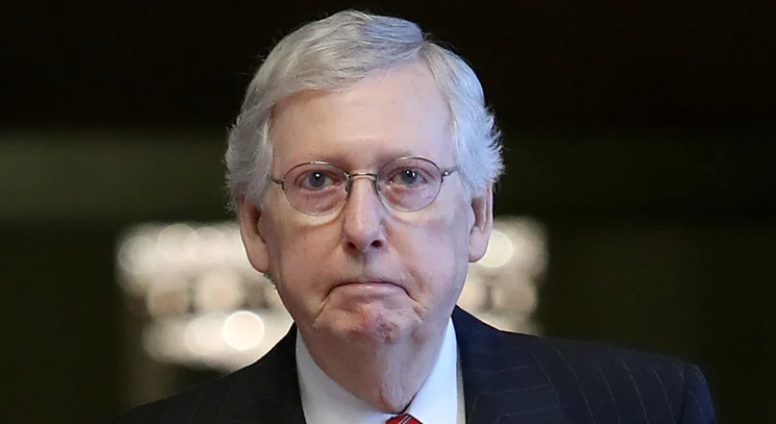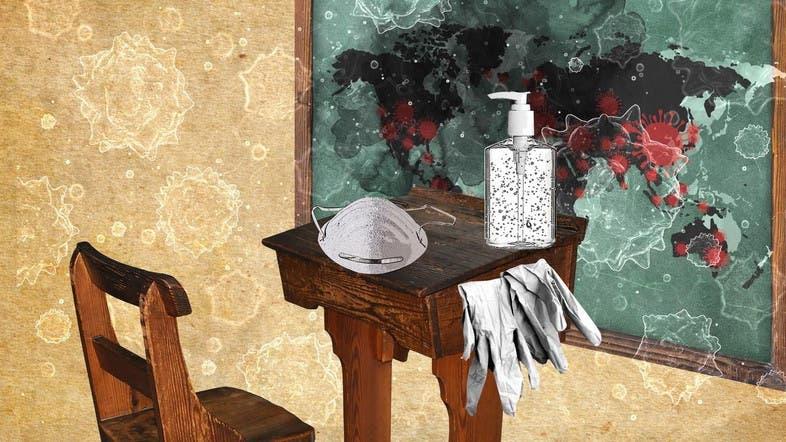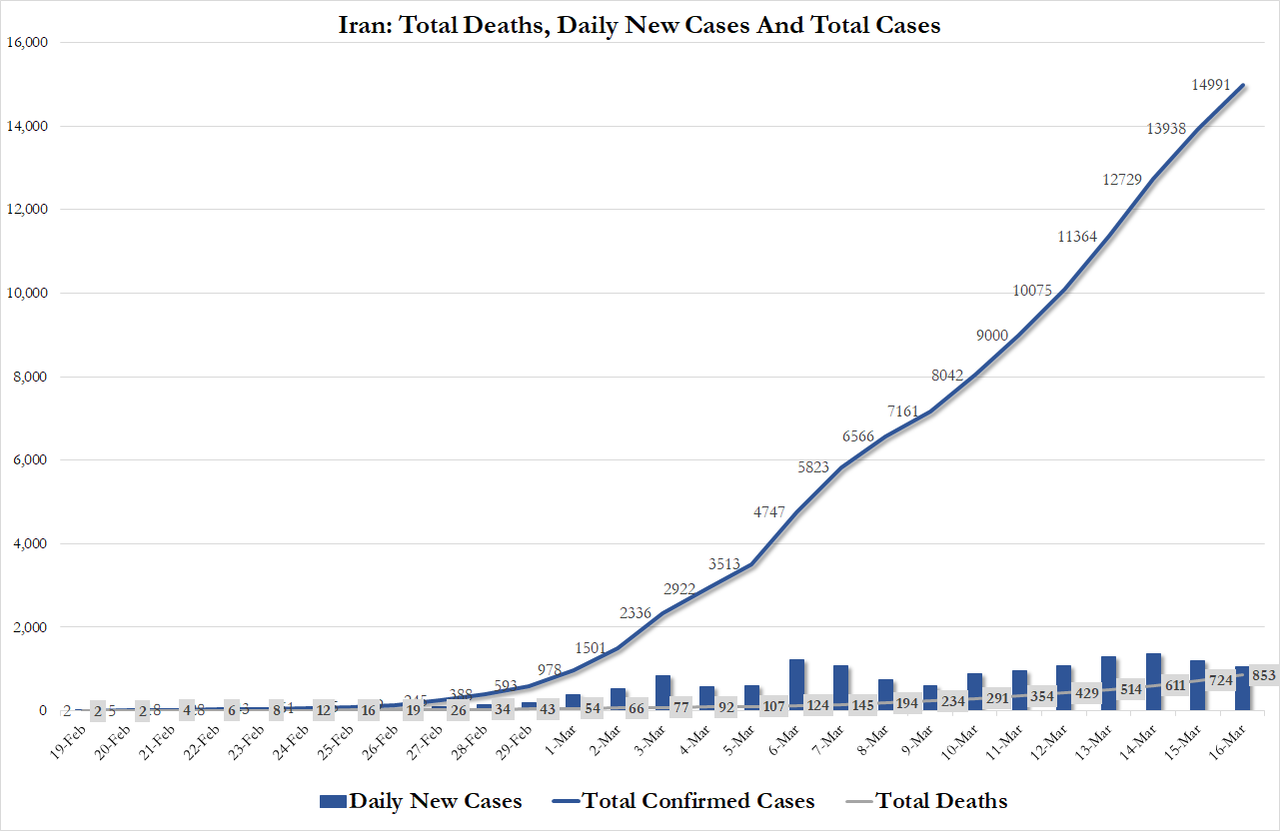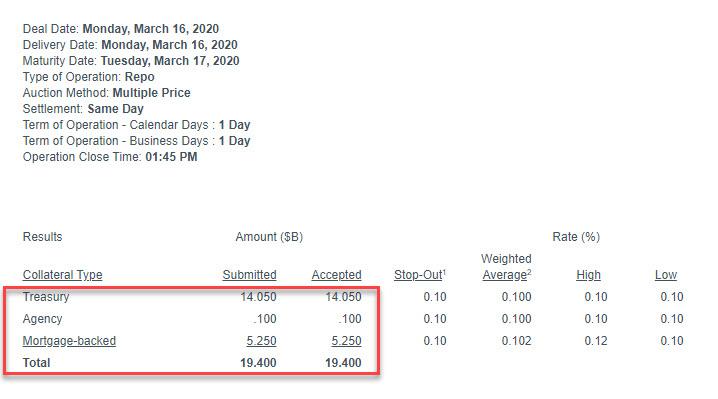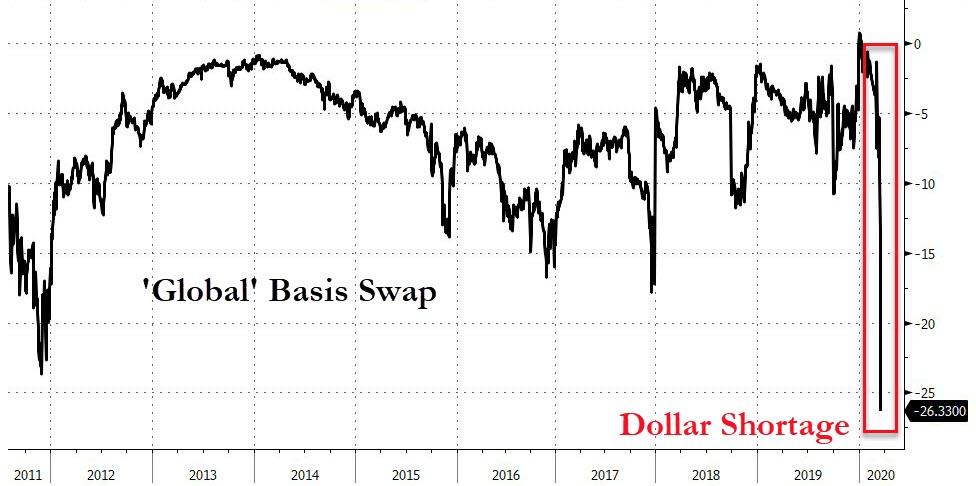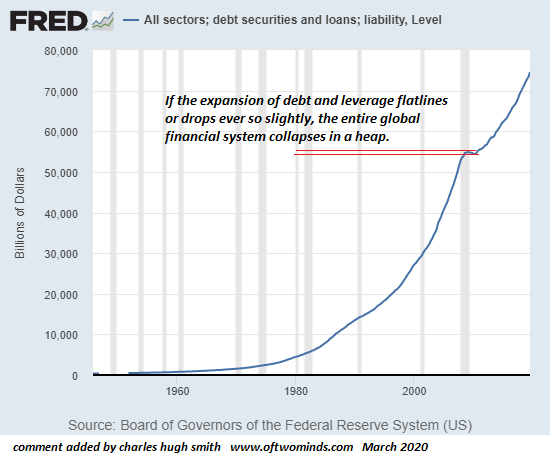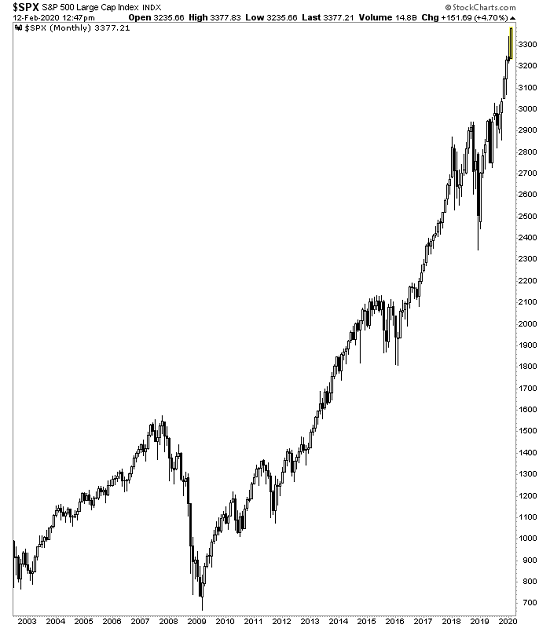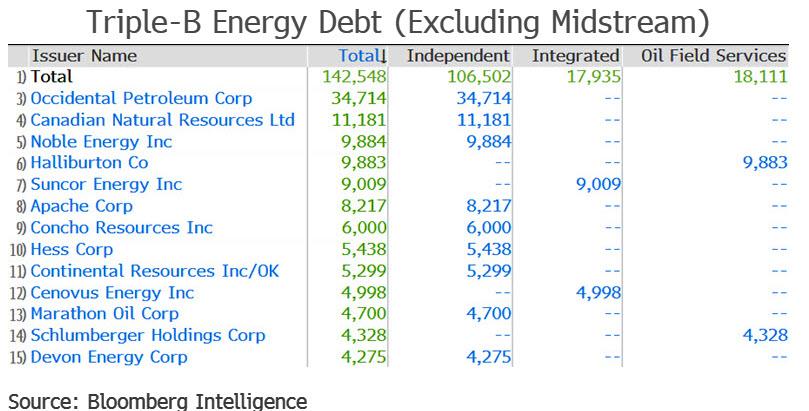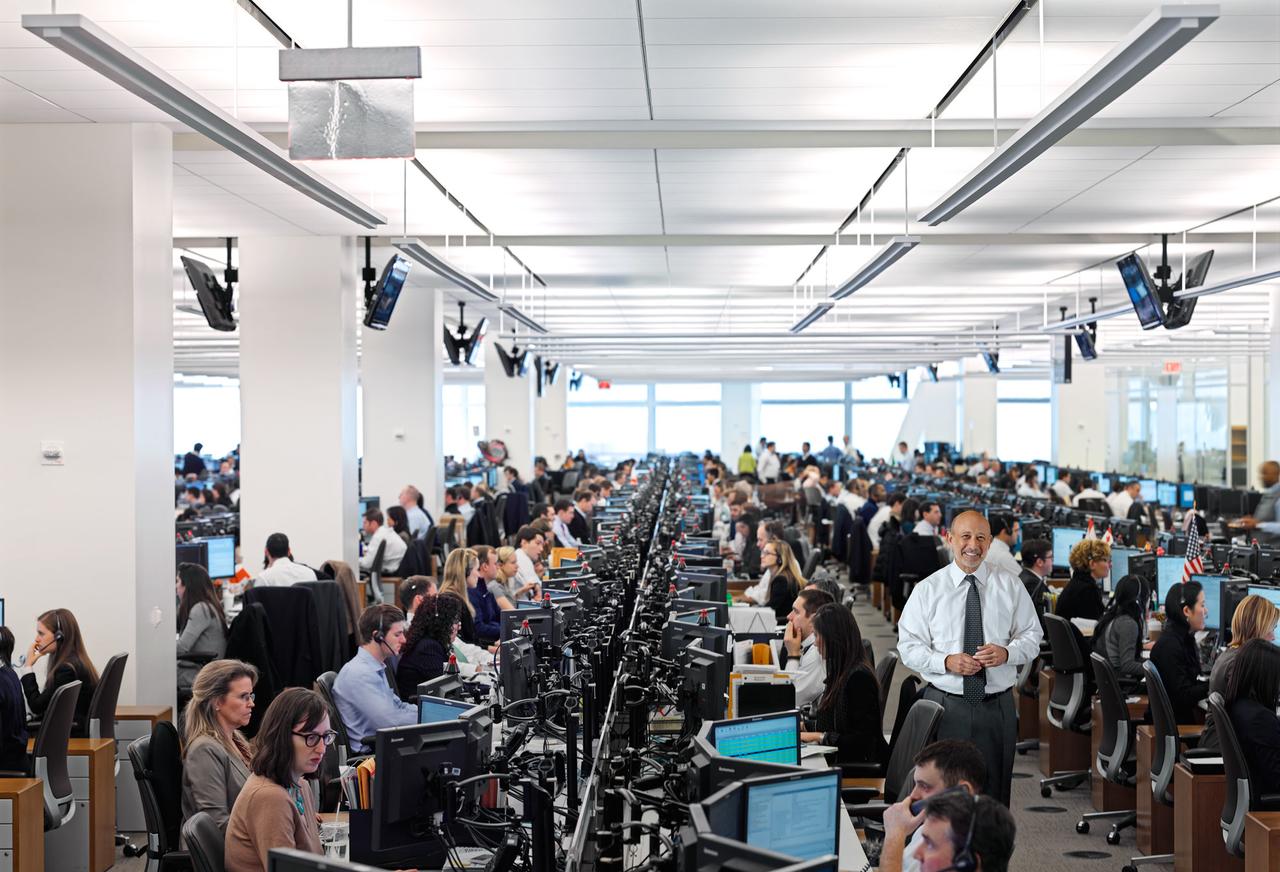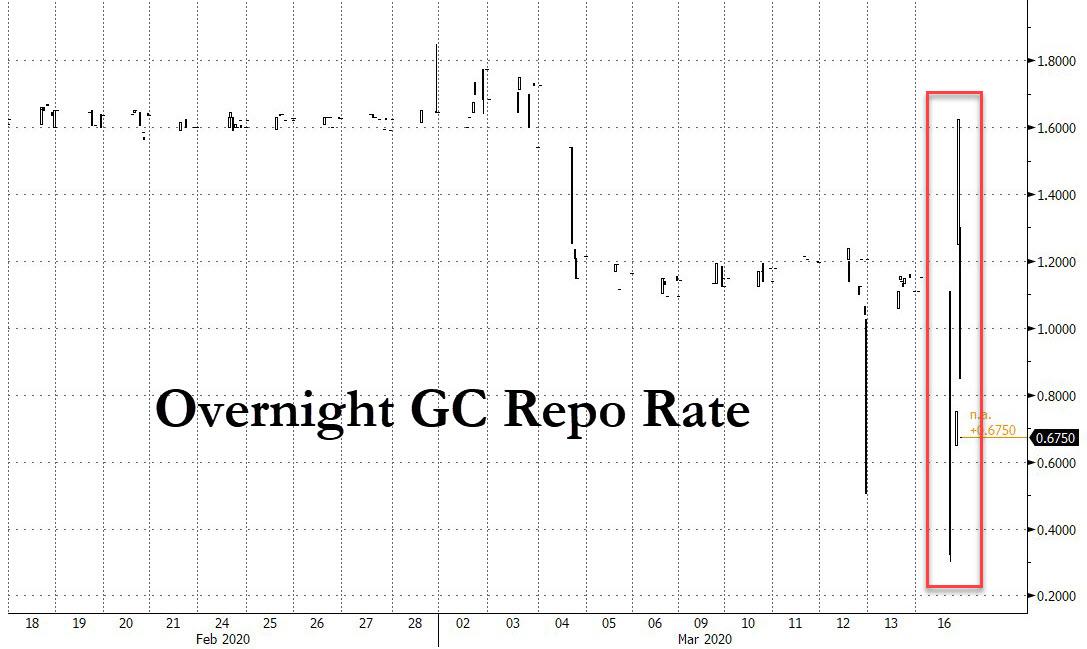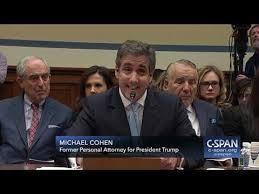Schumer Proposes $750 Billion To ‘Wage War’ Against Coronavirus
Update (0230 ET): Senate Minority Leader Chuck Schumer is set to propose a coronavirus response package of at least $750 billion to “wage war” against the coronavirus, according to Bloomberg.
Schumer’s proposal will “get money directly into hands of America people AND include federal funding to:”
- Address hospital and treatment capacity issues
- Expand Unemployment Insurance and increase Medicaid funding
- Ensure affordability of COVID-19 treatment
- Provide immediate loan payment forbearance for all federal loans, as well as a moratorium on evictions and foreclosures
- Deliver immediate help to small businesses
- Fund emergency child care, especially for health care workers and first responders
- Help schools with remote learning
- Ensure sencior citizens receive medicine and food delivery
- Provide assistance to keep public transportation running
- Utilize Defense Department to provide personnel, equipment, supplies and critical response capabilities to support on the nationwide response
- Address public health and economic needs in Indian Country
NEW: SCHUMER proposing new $750 BILLION comprehensive package to wage war against coronavirus COVID-19 pic.twitter.com/aOuNBV2ZWt
— Scott Wong (@scottwongDC) March 16, 2020
* * *
The Senate may want to amend the House’s Phase Two coronavirus bill and not pass it immediately, according to Politico.
The deal, cut between Nancy Pelosi and Treasury Secretary Steven Mnuchin is unlikely to make it through in its current form, according to senior Senate GOP sources, who say that Senate Majority Leader Mitch McConnell and his chamber are going to insist on a much bigger say in the next stimulus package.
— MCCONNELL’S GOAL is to have the Phase Three package wrapped up before the EASTER RECESS, which begins April 3 — Congress is scheduled to be out from then until April 20. But, in reality, they want this done ASAP.
— Jake Sherman (@JakeSherman) March 16, 2020
“It doesn’t go far enough and it doesn’t go fast enough,” said Republican Sen. Tom Cotton of Arkansas, who predicted Monday on Fox & Friends that the House coronavirus bill wouldn’t pass the Senate.
“Most of the measures in this bill are something that the senators will support, I believe. … But we worry that the bill setting up a new and complicated system relying on businesses giving paid sick leave and then getting a refundable tax credit that won’t move quickly enough and could put pressure on those businesses to lay workers off,” Cotton added.
NEW … TOM COTTON is whipping up opposition to the Pelosi-Mnuchin bill.
After Fox and Friends this AM, the Arkansas Republican’s LD sent an email to his fellow LDs urging the Senate to adopt its OWN plan. pic.twitter.com/br64g8rxqp
— Jake Sherman (@JakeSherman) March 16, 2020
Meanwhile, Rep. Louie Gohmert (R-TX) “has signaled he will insist on approving the corrections to the bill, or else he will object to the unanimous consent request in the House,” which Politico says “would grind this process to a halt.”
NEW — LOUIE GOHMERT is insisting on reading the technical corrections to the House’s coronavirus bill.
As long as one person stands in opposition, the House cannot send the bill to the senate without bringing the chamber back for a vote.
— Jake Sherman (@JakeSherman) March 16, 2020
Earlier in the day, Politico reported that the bill remained “hung up in negotiations” amid “major differences” after the Senate canceled its week-long recess to address the COVID-19 pandemic.
House sources said Monday that “major differences” remained between the White House and House Democrats over what was adopted and needed to be changed. This is slowing down the time table for House completion of the bill and sending it onto the Senate.
Pelosi and administration officials still remain hopeful they can achieve a workable compromise, but were tight lipped about the state of play on Monday.
The House passed its emergency package early Saturday morning but needs to make some technical corrections. –Politico
Senate Majority Whip John Thune (R-SD) is asking members to submit their own ideas for an additional stimulus package by noon on MOnday, according to a Senate aide.
On Tuesday, Mnuchin is expected to attend the Senate Republican lunch – implying he may need to schmooze to sell the deal.
Tyler Durden
Mon, 03/16/2020 – 14:32
via ZeroHedge News https://ift.tt/2QAAqTB Tyler Durden
